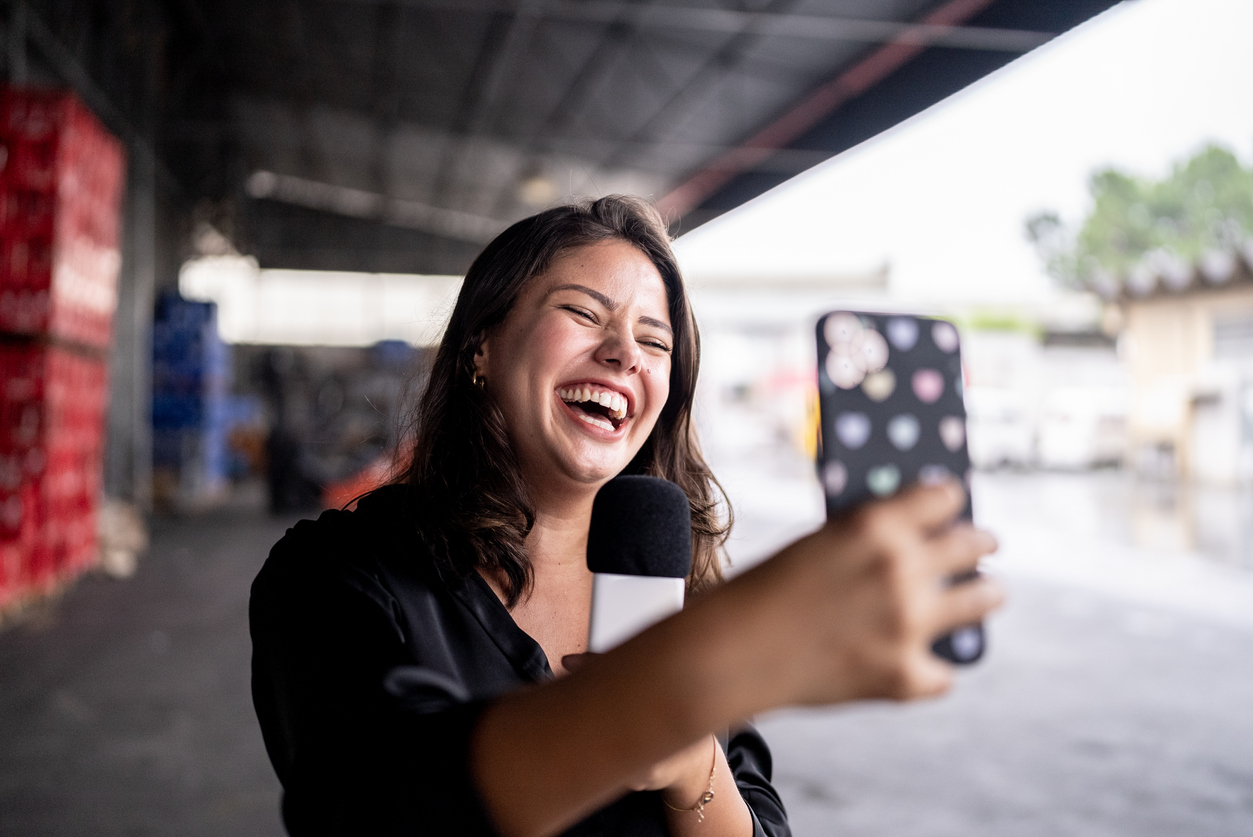The rise of the journo-fluencer and the future of media relations
We’re in a new moment for media relations.

Matthew Levison, is senior vice president, global head of consumer at KWT Global.
The systematic reduction of the newsroom has been a steady, and for many painful, evolution for almost a decade, but the recent and rapid wave of editorial casualties has reached a tipping point, surfacing a fundamental industry pivot that will have agencies rethink the core structure of the ways in which we work. To fully understand this paradigm shift requires an understanding of the concurrent and intertwined rise and reinvention of social media.
From its collegiate beginnings, social media captivated the newly influential Millennial audience as a replication of the interactions and affirmations we got from in-person gatherings on a larger, more malleable scale. As social circles began to expand virtually and exponentially, so too did the social media use case. Platforms moved beyond personal networks to become the real-time digital gossip pages crowning and dethroning it girls (and guys) minute-by-minute and prominent users transitioned from people to personas — welcome to the advent of the influencer.
While influencer careers blossomed on the shoulders of Millennials and brands embraced a new marketing discipline, Gen Z emerged as the new fresh-faced audience to court. As the first generation to fully grow up in a social media-dominated world, Gen Z is again reinventing the way in which we use social media – nearly 40% prefer to make web searches via Instagram or TikTok instead of Google. This most recent evolution, turning toward social media as a tool for research and a resource for information, is at the core of the wider industry shift, impacting media brands in almost every way.
Alongside social media, media houses have aimed to keep pace, rebranding themselves, exploring new business models, and seeking to capitalize on the changing landscape in various ways. While many have done so successfully, it’s uncharted territory that has left a wake of layoffs, closures, and reductions across publications and digital outlets like the Los Angeles Times, Sports Illustrated, NBC News, MSNBC, Vice Media, Time, BuzzFeed and The Messenger just since the start of the year; however, media titles are not the only cogs in the editorial universe rebranding and reinventing. Journalists are first and foremost storytellers, and many are finding a new place for their talents across social media platforms, reaching their relevant audiences where they are. Enter the journo-fluencer.
Journalists are taking their experience, expertise, and trusted voice to create content across social media platforms with a decidedly more editorial feel than what we think of as a “traditional influencer” today. The term “influencer” has always been a moving target and ever changing, but the past year has seen a distinct rise in voices on social that are more focused on education and exploration than the entertainment and emulation we see from influencers whose lives we follow and aspire to replicate.
Chris Dong, a seasoned travel and aviation journalist, began focusing on his personal channels in ernest about a year ago and has grown his profile @thechrisflyer to reach a wide engaged audience, frequently contributing social content to the channels of leading travel voices like @travelandleisure. Samantha Leal, a longtime beauty, travel, and wellness editor most recently at Well + Good, is growing her audience @samanthajoleal, who turn to her content for the latest advice in travel and wellness directly from the source. While the tone shift may feel subtle to consumer audiences, it has wide-reaching implications for communicators and the way we share our clients’ stories.
As the lines between media, social media, editorial content and visual storytelling all blur, so must the disciplines, skillsets, relationships and ways of working within an agency structure. Trusted media relations tactics and influencer relations teams can’t work in silos or even side-by-side, but need to morph into one blended approach that recognizes and embraces the wide spectrum of creators who can no longer be neatly categorized by the binary journalist or influencer.
Practically, the rise of the journo-fluencer means that agency teams must merge, drawing on the deep knowledge, best practices, and tools that influencer relations teams have long leveraged to maximize social visibility with the storytelling, messaging, and pitching skills that traditional media relations teams have honed over years of working with journalists who are seeking well crafted, singular, and compelling tales to tell. These changes will require a shift in mindset, coming from agency leaders, reframing the value employees bring to the team and the skills they prize. While many have built careers as a media strategist or influencer relations specialist, it is the underlying skills we should value and leverage in new ways. Rather than considering abilities by platform, forward-thinking agencies will begin organizing teams by talent like relationship builders, storytellers, team leaders, data miners and more. The agencies that will win are those whose silos fall away and work collectively on telling client stories, uniting our expertise to follow the industry convergence we’re seeing today.
Learn more about today’s media landscape during PR Daily’s Media Relations Conference, June 5-6 in Washington, D.C.






